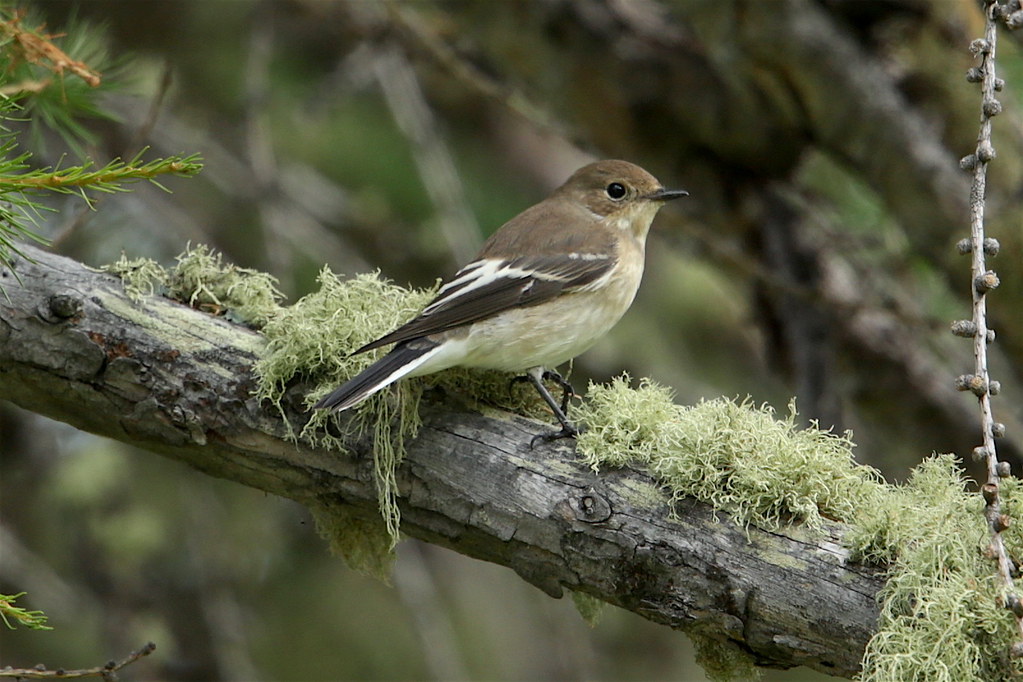https://e-info.org.tw/node/219289?utm_source=%E7%92%B0%E5%A2%83%E8%B3%87%E8%A8%8A%E9%9B%BB%E5%AD%90%E5%A0%B1&utm_campaign=2cd6afb0b0-EMAIL_CAMPAIGN_2019_07_26_02_54_COPY_01&utm_medium=email&utm_term=0_f99f939cdc-2cd6afb0b0-84956681
回顧上萬份科學文獻:野生動植物適應速度 趕不上氣候變遷
環境資訊中心外電;姜唯 翻譯;林大利 審校;稿源:ENS
氣候變遷可能威脅物種生存,物種滅絕會影響生態系的健全,因此評估動物如何因應不斷變化的環境條件,以及這些變化是否能讓族群長期存續,是非常重要的工作。
為了回答這些問題,萊布尼茨動物園和野生動物研究所(Leibniz Institute for Zoo and Wildlife Research, Leibniz-IZW)學者瑞舒克(Viktoriia Radchuk)、寇提爾(Alexandre Courtiol)和克萊摩夏茲(Stephanie Kramer-Schadt)帶領64名研究人員組成國際團隊,回顧了10,000多份已發表的科學研究。
他們的結論是,儘管動物通常會對氣候變遷有所反應,例如改變繁殖時間,但這種反應通常不足以因應氣溫上升的速度,有時還會走錯方向。

他們將研究結果發表在《自然通訊》(Nature Communication)期刊。
共同作者、愛爾蘭科克大學資深講師里德(Thomas Reed)解釋,「我們將所觀察到的動物對氣候變遷的反應,和成功跟隨氣候變遷調整習性的反應做比較,得到這樣的結果。」
在野生動物中,最常見的氣候變遷反應是生物事件發生時間的改變,如冬眠、繁殖或遷徙。
體形、體重或其他形態特徵的變化也與氣候變遷有關,但是,正如該研究所證實,沒有顯示出系統性的變化模式。
研究人員從科學文獻中擷取相關資訊,尋找多年氣候變遷與兩種性狀的可能變化之間的關係。
接下來,他們評估觀察到的性狀變化是否與較高的存活率或後代數量的增加相關。
「我們的研究主要針對鳥類,因為其他群體的完整資料很少,」第一作者瑞舒克說,「我們證實,在溫帶地區,氣溫上升與生物事件發生時間的變化有關。」
另一位共同作者、加州大學柏克萊分校教授貝辛格(Steven Beissinger)指出:「這顯示只要物種適應夠快,足以因應氣候的變化,牠們也可以留在暖化的原棲地。」
但資深作者寇提爾提醒,「實際情況不太可能如此理想,因為即使是經歷過適應性變化的族群,也不保證可以一直以相同速度這麼做。」
更令人擔憂的是,所分析的資料涵蓋如大山雀(Parus major)、歐洲斑姬鶲(Ficedula hypoleuca),或常見的西方喜鵲(Pica pica),這些已知適應良好、數量充足的物種。
「稀有或瀕危物種的適應力仍有待分析。」Leibniz-IZW生態動力學部負責人克萊摩夏茲總結道,「我們擔心這些物種的存續前景會更加悲觀。」
科學家們希望他們分析彙整的資料集能夠帶來更多全球氣候變遷下動物族群恢復力研究,並有助建立更好的預測方法,協助未來的保護管理行動。
Wildlife Changing Too Slowly to Survive Climate Change
Climate change can threaten species and extinctions can impact ecosystem health, so it is of vital importance to assess how animals respond to changing environmental conditions, and whether these shifts enable the persistence of populations in the long run.
To answer these questions an international team of 64 researchers led by Viktoriia Radchuk, Alexandre Courtiol and Stephanie Kramer-Schadt from the Leibniz Institute for Zoo and Wildlife Research (Leibniz-IZW) evaluated more than 10,000 published scientific studies.
They concluded that although animals do commonly respond to climate change, for example by shifting the timing of breeding, such responses are in general insufficient to cope with the rapid pace of rising temperatures and sometimes go in wrong directions.
Their findings are published in the scientific journal "Nature Communications."
Co-author Thomas Reed, a senior lecturer at University College Cork, Ireland, explains, "These results were obtained by comparing the observed response to climate change with the one expected if a population would be able to adjust their traits so to track the climate change perfectly."
In wildlife, the most commonly observed response to climate change is an alteration in the timing of biological events such as hibernation, reproduction or migration.
Changes in body size, body mass or other morphological traits have also been associated with climate change, but, as confirmed by this study, show no systematic pattern.
The researchers extracted relevant information from the scientific literature to relate changes in climate over the years to possible changes in both types of traits.
Next, they evaluated whether observed trait changes were associated with higher survival or an increased number of offspring.
"Our research focused on birds because complete data on other groups were scarce," says lead author Radchuk. "We demonstrate that in temperate regions, the rising temperatures are associated with the shift of the timing of biological events to earlier dates."
Co-author Steven Beissinger, a professor at the University of California, Berkeley, said, "This suggests that species could stay in their warming habitat, as long as they change fast enough to cope with climate change."
Senior author Alexandre Courtiol said, "This is unlikely to be the case because even populations undergoing adaptive change do so at a pace that does not guarantee their persistence."
Even more worrisome is the fact that the data analyzed included predominantly common and abundant species such as the great tit, Parus major, the European pied flycatcher, Ficedula hypoleuca, or the common magpie, Pica pica, which are known to cope with climate change relatively well.
"Adaptive responses among rare or endangered species remain to be analyzed. We fear that the forecasts of population persistence for such species of conservation concern will be even more pessimistic," concludes Stephanie Kramer-Schadt, who heads the Department of Ecological Dynamics at Leibniz-IZW.
The scientists hope that their analysis and the assembled datasets will stimulate research on the resilience of animal populations in the face of global change and contribute to a better predictive framework to assist future conservation management actions.
※ 全文及圖片詳見:ENS





沒有留言:
張貼留言